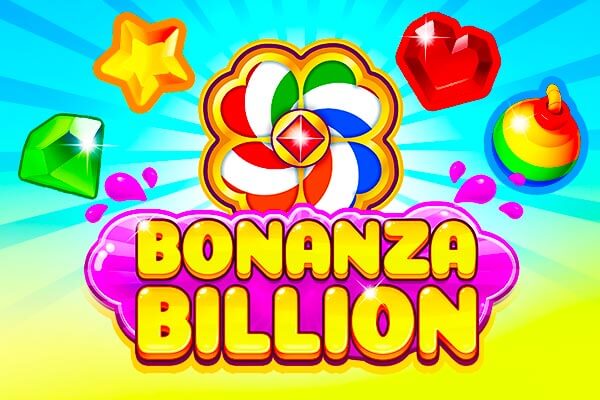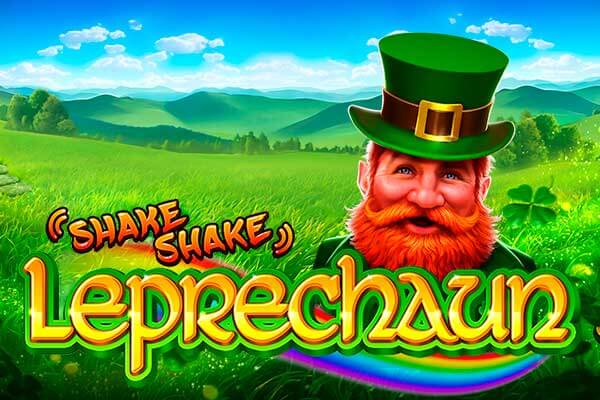The 1582 Gregorian Calendar: A Deep Dive into its History, Implementation, and Impact
The year 1582 marks a pivotal moment in the history of timekeeping. It was the year that Pope Gregory XIII introduced the Gregorian calendar, a reform of the Julian calendar that had been in use since 45 BC. The adoption of the Gregorian calendar wasn't immediate or universal, and its journey is a fascinating tale of scientific advancement, religious authority, and cultural adaptation. This comprehensive guide explores the 1582 calendar transition, delving into its origins, the reasons for its implementation, the challenges it faced, and its lasting impact on the world.
The Julian Calendar and the Need for Reform
Before 1582, the Julian calendar was the standard across Europe. Introduced by Julius Caesar, it was a significant improvement over earlier Roman calendars. The Julian calendar established a year length of 365.25 days, achieved by adding an extra day every four years (a leap year). However, this calculation was slightly longer than the actual solar year (approximately 365.2422 days). This seemingly small discrepancy of about 11 minutes and 14 seconds per year accumulated over centuries, leading to a noticeable drift between the calendar and the actual seasons.
By the 16th century, the Julian calendar was about 10 days out of sync with the solar year. This misalignment had significant implications, particularly for the Catholic Church. The date of Easter, a crucial religious holiday, is tied to the vernal equinox. As the calendar drifted, the vernal equinox occurred earlier in the calendar year, threatening the established timing of Easter celebrations. The Church, therefore, sought a calendar reform to realign the calendar with the solar year and ensure the proper observance of religious holidays.
The Gregorian Reform: A Solution to the Calendar Drift
Pope Gregory XIII commissioned a team of astronomers and mathematicians, led by Christopher Clavius, to devise a solution to the calendar problem. Their work resulted in the Gregorian calendar, which was officially promulgated by papal bull Inter gravissimas on February 24, 1582.
The Gregorian calendar addressed the Julian calendar's inaccuracy in two key ways:
Dropping Days: To correct the accumulated error, ten days were dropped from the calendar. In most Catholic countries, the day following Thursday, October 4, 1582, became Friday, October 15, 1582. This immediately realigned the calendar with the vernal equinox.
Adjusting Leap Years: To prevent future drift, the Gregorian calendar modified the rule for leap years. While the Julian calendar added a leap day every four years, the Gregorian calendar stipulated that century years (years divisible by 100) would only be leap years if they were also divisible by 400. Thus, 1600 was a leap year, but 1700, 1800, and 1900 were not. This adjustment reduced the average year length to 365.2425 days, much closer to the actual solar year.
Implementation and Resistance: A Gradual Adoption
The Gregorian calendar was initially adopted by Catholic countries, including Italy, Spain, Portugal, France, Poland, and the Catholic regions of the Holy Roman Empire. However, the transition was not without its challenges and resistance.
Protestant Opposition: Protestant countries, suspicious of papal authority, initially resisted the Gregorian calendar. They viewed it as a Catholic plot to disrupt their traditions and exert religious control.
Scientific Skepticism: Some scientists questioned the accuracy of the Gregorian calendar, arguing that it was still not perfectly aligned with the solar year. They proposed alternative calendar reforms.
Practical Difficulties: The sudden shift in dates caused confusion and disruption in daily life. Legal contracts, financial records, and historical chronologies had to be adjusted to account for the change.
Despite these challenges, the Gregorian calendar gradually gained acceptance over time. Protestant countries began to adopt it in the 18th century, with Great Britain and its colonies switching in 1752. Eastern Orthodox countries were the last to adopt the Gregorian calendar, with some not doing so until the 20th century.
The Lasting Impact of the Gregorian Calendar
The Gregorian calendar has become the most widely used calendar in the world. Its accuracy, simplicity, and international adoption have made it the standard for commerce, science, and everyday life.
Standardized Timekeeping: The Gregorian calendar provides a common framework for tracking time across different cultures and regions. This is essential for international trade, communication, and scientific collaboration.
Accurate Seasonal Alignment: The Gregorian calendar's close alignment with the solar year ensures that seasonal events, such as planting and harvesting, occur at the expected times.
Foundation for Historical Chronology: The Gregorian calendar provides a consistent basis for dating historical events, allowing historians to compare and analyze events from different periods and regions.
1582 Calendar Conversion Challenges and Solutions
Converting dates between the Julian and Gregorian calendars, especially during the transition period, can be complex. Historians and genealogists often need to perform these conversions to accurately date events and track family histories. Several tools and resources are available to assist with these conversions:
Online Date Converters: Numerous websites offer online tools that can automatically convert dates between the Julian and Gregorian calendars. These tools typically take into account the different adoption dates in various countries.
Historical Calendars: Specialized historical calendars provide detailed information about the calendar systems used in different regions and periods. These calendars can be invaluable for researchers working with historical documents.
Software Applications: Some software applications, such as genealogy programs, include built-in date conversion features. These applications can automatically convert dates as you enter them into your family tree.
The Gregorian Calendar Today: Refinements and Future Considerations
While the Gregorian calendar is remarkably accurate, it is not perfect. It still has a small error of about one day every 3,236 years. This means that future generations may need to consider further refinements to the calendar.
Some proposed solutions include:
Adding a Leap Second: Similar to the leap seconds added to Coordinated Universal Time (UTC), a leap second could be added to the Gregorian calendar every few millennia to correct the accumulated error.
Modifying the Leap Year Rule: A more radical approach would be to modify the leap year rule to make it even more accurate. For example, some have suggested that years divisible by 4000 should not be leap years.
The Gregorian calendar has served humanity well for over four centuries. Its enduring legacy is a testament to the power of scientific inquiry, religious leadership, and international cooperation. As we look to the future, it is likely that the Gregorian calendar will continue to evolve and adapt to meet the changing needs of society.
FAQs about the 1582 Calendar and the Gregorian Reform
Q: Why was the Julian calendar inaccurate?
A: The Julian calendar's year length of 365.25 days was slightly longer than the actual solar year, causing the calendar to drift out of sync with the seasons over time.
Q: What were the main changes introduced by the Gregorian calendar?
A: The Gregorian calendar dropped ten days to correct the accumulated error and modified the leap year rule to prevent future drift.
Q: Why did some countries resist the Gregorian calendar?
A: Some countries, particularly Protestant nations, resisted the Gregorian calendar due to religious and political reasons. They viewed it as a Catholic imposition.
Q: When did Great Britain and its colonies adopt the Gregorian calendar?
A: Great Britain and its colonies adopted the Gregorian calendar in 1752.
Q: How accurate is the Gregorian calendar?
A: The Gregorian calendar is very accurate, but it still has a small error of about one day every 3,236 years.
Q: Are there any proposed reforms to the Gregorian calendar?
A: Yes, some proposed reforms include adding a leap second or modifying the leap year rule to further improve its accuracy.
Q: How can I convert dates between the Julian and Gregorian calendars?
A: You can use online date converters, historical calendars, or software applications to convert dates between the Julian and Gregorian calendars.
Conclusion: A Timeless Legacy
The 1582 Gregorian calendar reform was a monumental achievement that continues to shape our world today. From its scientific underpinnings to its gradual adoption and lasting impact, the Gregorian calendar stands as a testament to human ingenuity and the enduring quest for accurate timekeeping. Understanding the history and significance of the 1582 calendar allows us to appreciate the complex interplay of science, religion, and culture that has shaped our modern world. Its legacy is not just about measuring time, but about synchronizing human activities across the globe and providing a shared framework for understanding our place in history. The Gregorian calendar is a truly timeless legacy that will continue to guide us for generations to come.
Word Count: 1397
Related Pages
- Singham Again Collection: ₹[Intriguing Number] Cr Box Office Blockbuster?
- Kekma.net: Your Gateway to Online Entertainment - Claim Your Bonus Now!
- Mahalaxmi Calendar 2025: Auspicious Dates to Manifest Your Dreams!
- Arkade Developers: Will This Stock Make You Rich? (Updated)
- GDS Recruitment 2025: Apply NOW & Secure Your Spot!
Slots and Games

{{Games-kaz}}

Wilds of Fortune

Aztec Sun Hold and Win

Shake shake Leprechaun

The Princess & Dwarfs

Aloha King Elvis

Aztec Magic Megaways

Miss Cherry Fruits

Shake Shake Money Tree

Shark Spin